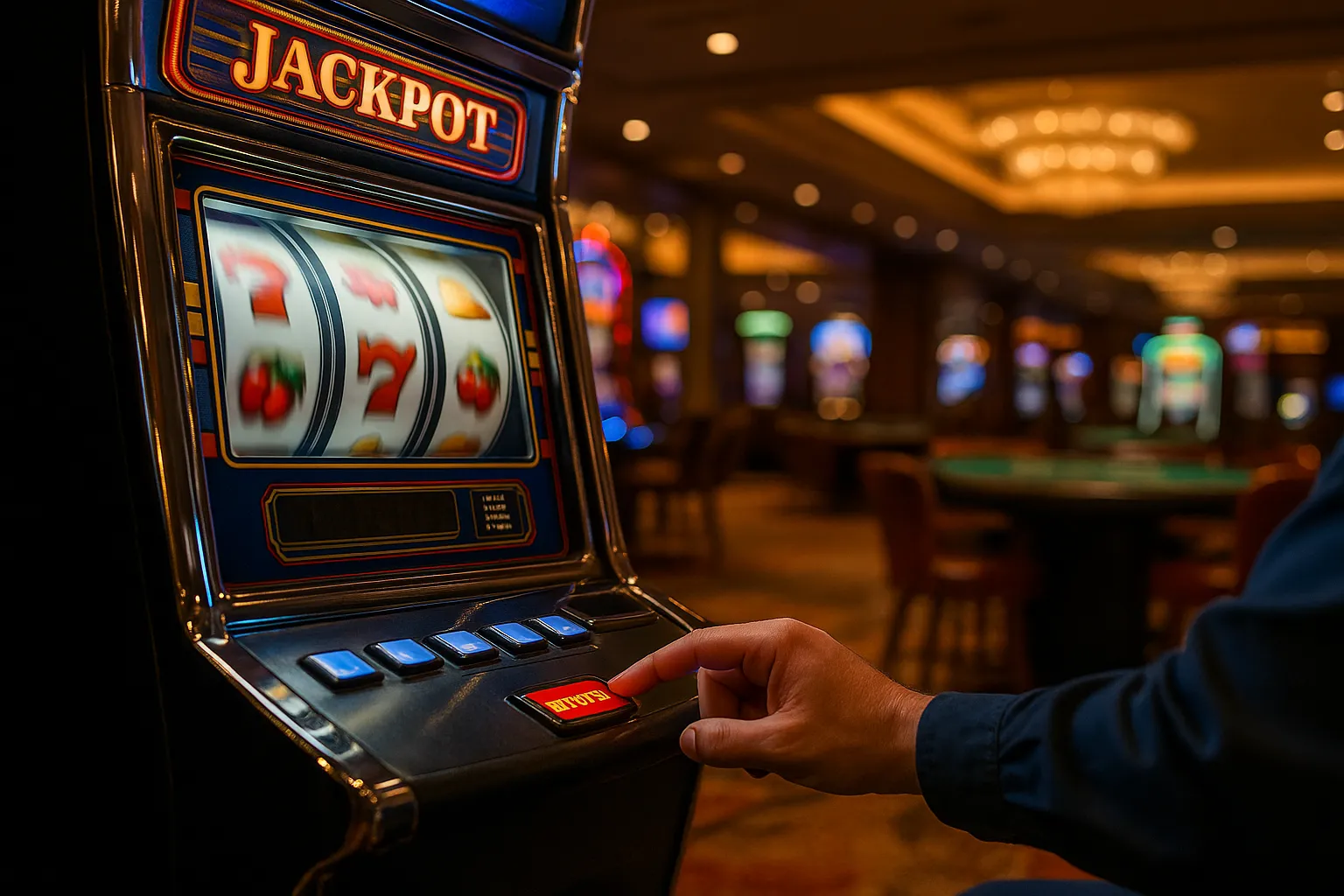Online slots with an autoplay function make chasing wins feel effortless—you set your bet, choose a spin count, and watch reels whirl away while you sip your coffee. Yet not every casino lets you use autoplay. If you’ve ever puzzled over why that “Autoplay” button is greyed out or missing, you’re not alone. From my years exploring virtual gambling sites, I’ve discovered that autoplay restrictions often boil down to a mix of regulation, player protection, and technical considerations. Let’s dive into the reasons why some operators limit autoplay in slots.
Regulatory Compliance and Licensing
Autoplay controls allow players to spin dozens or even hundreds of rounds automatically. For regulators, that’s a potential recipe for problem gambling fast-tracked at the click of a button. Many gambling authorities require operators to implement features that encourage “cool-off” moments.
The role of gaming authorities
Most regulators, whether in Europe or further afield, mandate that casinos integrate responsible gambling tools. Restricting autoplay—especially on high-volatility slots—gives players a moment to pause, reconsider their spend, or adjust limits. Operators licensed under strict jurisdictions like Malta or Gibraltar often err on the side of caution to maintain good standing.
Varying rules across jurisdictions
Not every license has the same stance on autoplay. In the UK, for example, recent Gambling Commission guidelines encourage casinos to add friction to continuous play, such as pop-ups after 25 spins. Meanwhile, players seeking non uk casinos may encounter very different autoplay policies depending on where that operator holds its license. These differences reflect the diversity of regulatory approaches worldwide.
Responsible Gambling and Player Safety
Even beyond formal regulations, casinos take measures to safeguard their customers. Autoplay can be a double-edged sword: fun for casual play, but risky for vulnerable individuals.
Preventing binge spinning
When you let a slot machine spin itself dozens of times, it’s easy to lose track of how much you’re betting. By disabling or limiting autoplay, sites hope to remind players that each spin is a conscious decision. Many operators complement this by displaying session timers, net loss notifications, or reality checks after a fixed number of spins.
Cooling-off features and break reminders
Some casinos combine autoplay blocks with mandatory break reminders. After a pre-defined number of spins or elapsed time, the site forces you to take a short pause before you can continue. This feature, while interrupting the flow, aligns with the industry’s commitment to reducing impulsive losses.
Technical and Performance Considerations
Believe it or not, autoplay settings can also be influenced by technical concerns—particularly on mobile devices or when network reliability is shaky.
Preserving server resources
Running hundreds of automated spins for thousands of players simultaneously places a significant load on backend systems. To maintain smooth performance and avoid server crashes during peak hours, some operators impose autoplay limits or disable the feature entirely on older slots.
H3: Mobile optimization challenges
On smaller screens or slower connections, autoplay’s rapid-fire nature can lead to glitches or delayed animations. Removing autoplay for mobile users helps casinos ensure that gameplay remains error-free, seamless, and visually appealing.
Game Provider Policies
Not all slot game studios enable autoplay by default. Providers like NetEnt, Microgaming, and Pragmatic Play each have their own development guidelines.
Built-in vs. optional autoplay
Some titles are launched without an autoplay feature to emphasize manual play. Others let casinos decide how many spins to permit in one go. If a provider ships a game without autoplay, casinos cannot override that—they can only choose whether to host the game at all.
Feature compatibility
Certain bonus or progressive jackpot mechanics may malfunction when autoplay is active. To prevent glitches—like missed bonus triggers—game developers sometimes recommend disabling autoplay or capping the spin count in casinos’ lobby settings.
Promoting Fair Play and Transparency
While spins on digital slots are determined by a random number generator (RNG), excessive autoplay can feed unwarranted assumptions that outcomes follow patterns.
Educating players on randomness
By emphasizing manual spins, casinos encourage players to engage more consciously with each round, including understanding paytables and volatility. This approach fosters transparency: you see each spin’s result rather than watching a blur of automated outcomes.
Visible session controls
With manual spins, operators can overlay real-time statistics—like total spend, session time, or win/loss ratio—more clearly between rounds. These stats often reset or fail to display properly during rapid autoplay sequences.
Market Differentiation and Brand Image
Some casinos position themselves as high-end, luxury brands. Encouraging deliberate play over rapid sequences can reinforce a premium image.
Curated gaming experience
Sites targeting VIP players or high rollers often fine-tune their game lobbies to limit autoplay. This restraint signals that the casino values quality, strategy, and experience above frantic spin counts.
Tailoring to player demographics
New or casual players might enjoy autoplay, but seasoned gamblers often prefer controlling each round. By restricting autoplay, casinos can cater to an audience that values engagement and finesse.
Real-World Case Study
I once tested two sister sites from the same operator. One, licensed in Malta, allowed a 50-spin autoplay cap; the other, under a UK license, paused autoplay after 25 spins with a pop-up warning. Despite identical game lineups, user feedback favored the UK site’s approach—players appreciated the reminder to stay mindful of their budget, even if it meant a slightly interrupted session.
Conclusion
Restricting autoplay in online slots isn’t about punishing players—it’s a multifaceted strategy intertwining regulation, technology, responsible gambling, and brand positioning. From regulators demanding safer play environments to technical limits on servers and mobile devices, casinos have many reasons to place guardrails around autoplay. Next time you stumble upon that greyed-out button, you’ll know it’s there to protect your experience and keep the reels spinning fairly—one conscious decision at a time.








